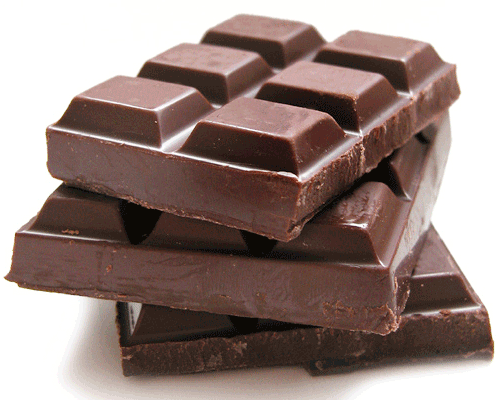Week Six - Biotechnology and Art
Week Six - Biotechnology and Art
The relationship between biotechnology and art go beyond
exploring the relationship between art and science to challenge the ethical
complexities related to both. This intersection raises questions on the topics
of humanity, fair treatment, and the necessity of art.
 |
| Wenk's article also details the health benefits of chocolate (a detail that shouldn't go unremarked). |
As science and art become more intertwined, writers like
Gary Wenk attempt to distinguish experiencing life from engaging in scientific
research. Professor Vesna provided Wenk’s article This is Your Brain on Food as
supplemental material for this week -- reading that makes the topics in
question much more relatable. As indicated by the play on Daniel Levitin’s book
This Is Your Brain on Music in Wenk’s title, the article explores the
similarities between the brain’s response to drugs and food. Gary Wenk
articulates the neurological experience of ingesting particular food and drink
and the ways that they are similar to the effects drugs have on the mind and
body. One example he gives that I found personally compelling was how easily
chocolate lends itself to addiction. Chocolate contains small amounts of
caffeine and anandamide to incite addiction but also mimic the sensation
pleasure caused by marijuana.
| Kathy High, one of many artists to use biotechnology in their pieces. |
Wenk’s article is intended to create an understanding of
advanced scientific study through its relation to commonplace activities and
experiences. In this, Gary Wenk is similar to artists like Joe Davis and Kathy
High, who are attempting to use art to humanize various advancements and
studies of biotechnology. Art pieces like Kathy High’s “Blood Wars” force a
narrative, relatable element into the process of analyzing blood and its
traits.
While the idea of blood cells fighting in a cage match of sorts seems
like the start to a new science fiction movie, High is actually finding the
entertainment value and poetic elements of a highly formulaic and calculative
field of study. As biotechnology and art continue their relationship, artists
like Kathy will continue to explore the artistic prospects of transgenics, the
human genome, and many other advancements. |
| Glowing bunnies: the next trendy pet or cause for a protest on art? |
Artists repurposing the achievements of biotechnology may
make science more widely accessible, but it also tests the limitations of the
art community. Those who protest artists creating new life, experimenting with
genetics, and “playing God” sometimes find themselves in support of scientists
doing the same in the name of research. Creativity exists without boundaries or
limitations, but as science and art come closer to achieving the power of the
divine, such freedom may soon be lost.
Works Cited
Dean, Laura. "Blood and the Cells It Contains." Blood Groups and Red Cell Antigens. U.S. National Library of Medicine, 01 Jan. 1970. Web. 14 May 2017.
Duell, Mark. "Chocolate Can Create Same High as Opium: Links Found between Obese People and Drug Addicts." Daily Mail Online. Associated Newspapers, 21 Sept. 2012. Web. 14 May 2017.
High, Kathy. "Kathy High: Visual/media Artist, Independent Curator, Educator." Kathy High: Projects: Blood Wars. Kathy High Projects, n.d. Web. 14 May 2017.
Kac, Eduardo. "Transgenic Bunny by Eduardo Kac." GNN - Genome News Network. Genome News Network, n.d. Web. 14 May 2017.
Magazine, Gary Wenk for Seed. "This Is Your Brain on Food." This Is Your Brain on Food § SEEDMAGAZINE.COM. Seed Magazine, n.d. Web. 14 May 2017.
Comments
Post a Comment